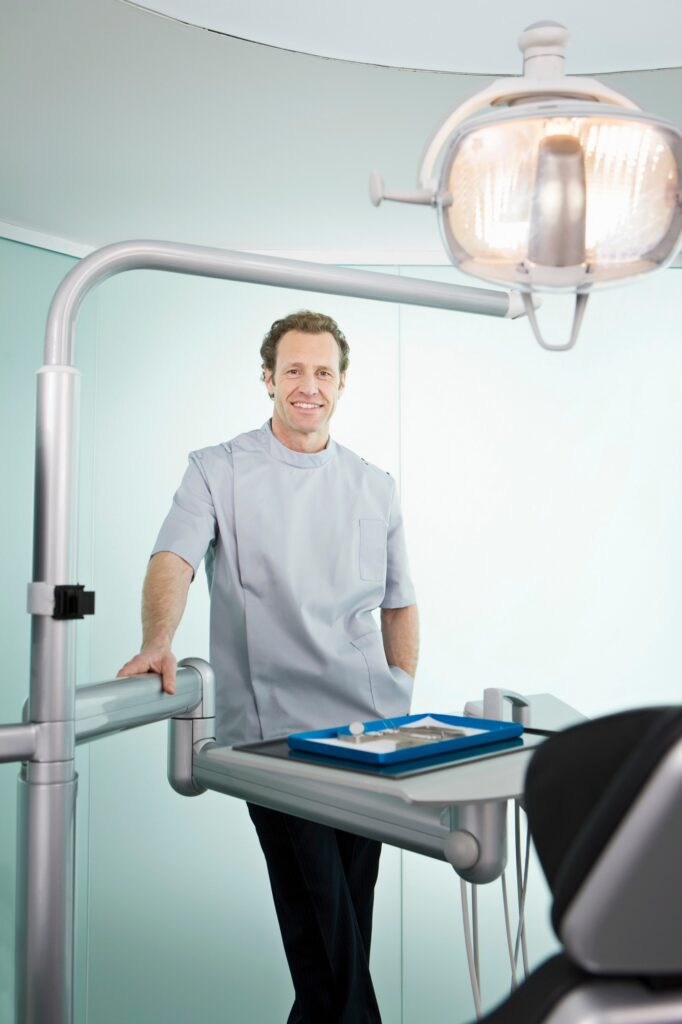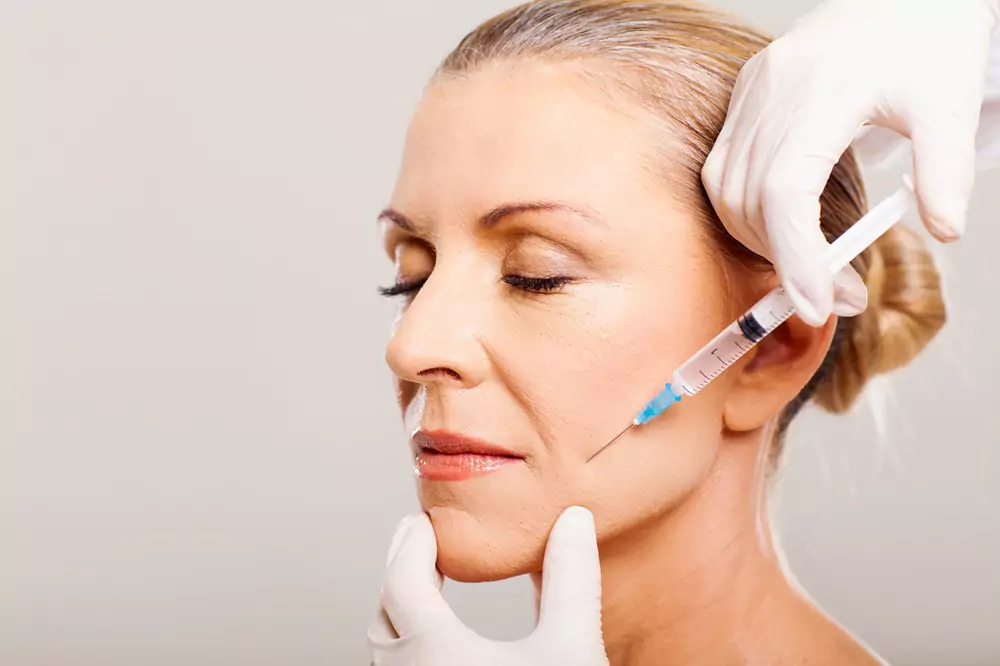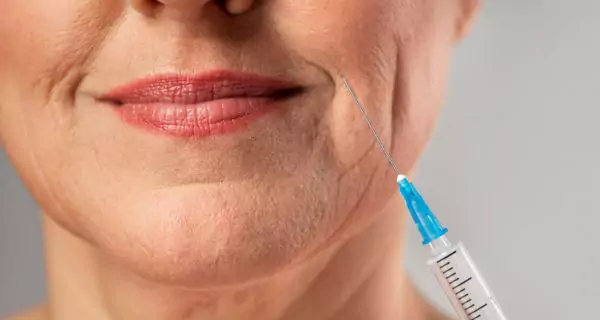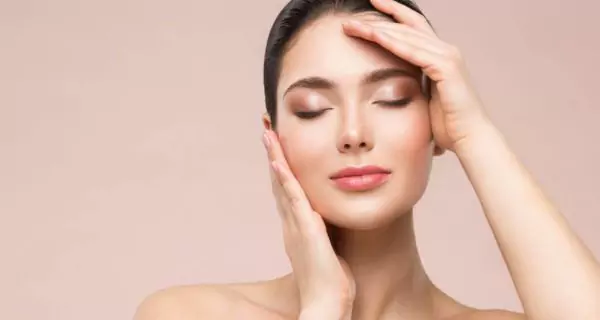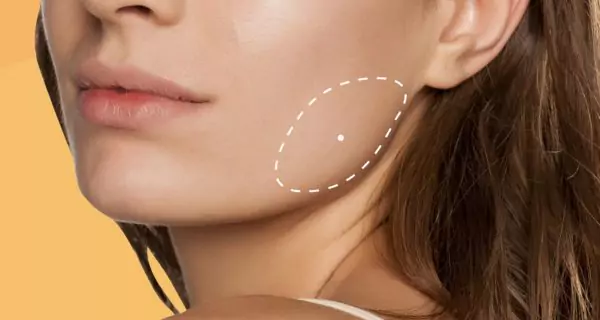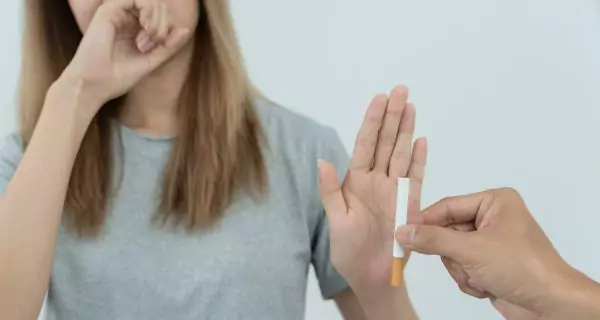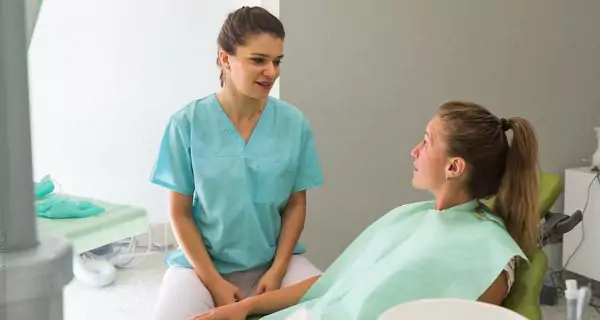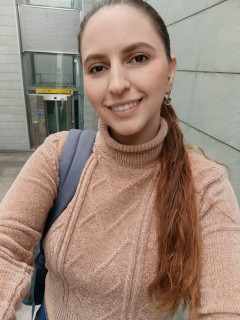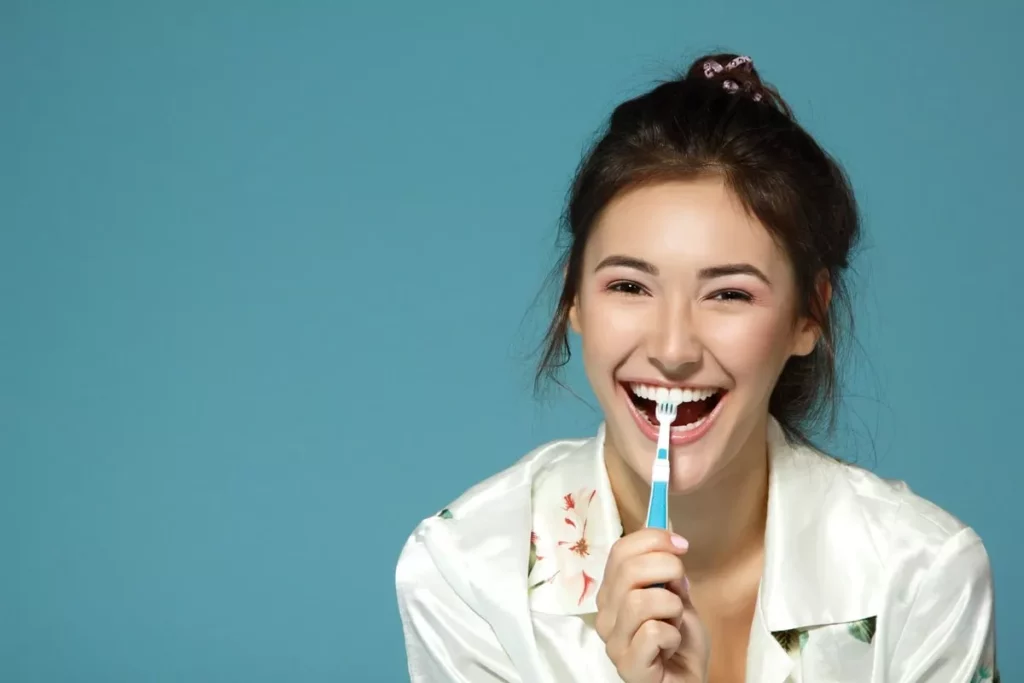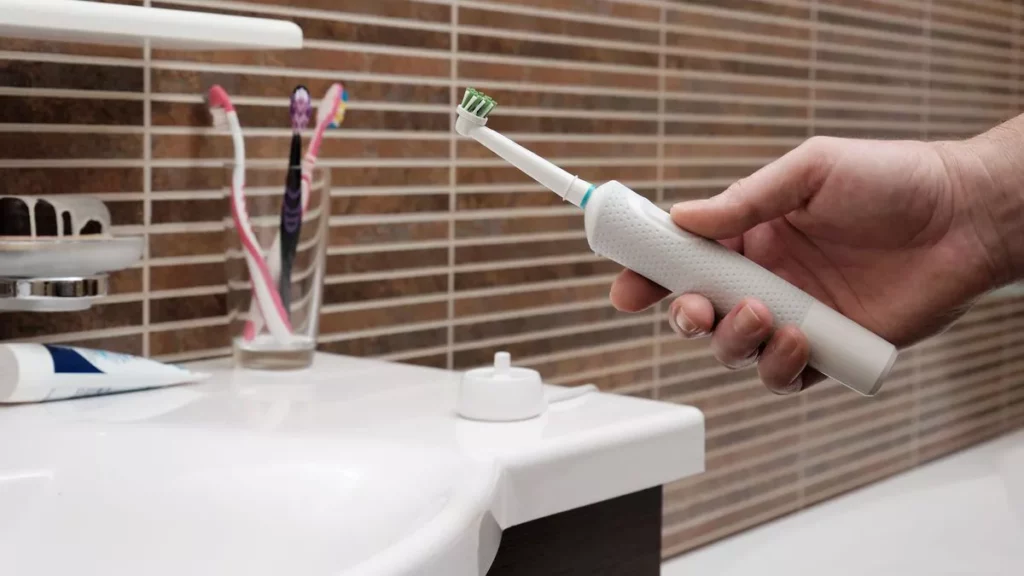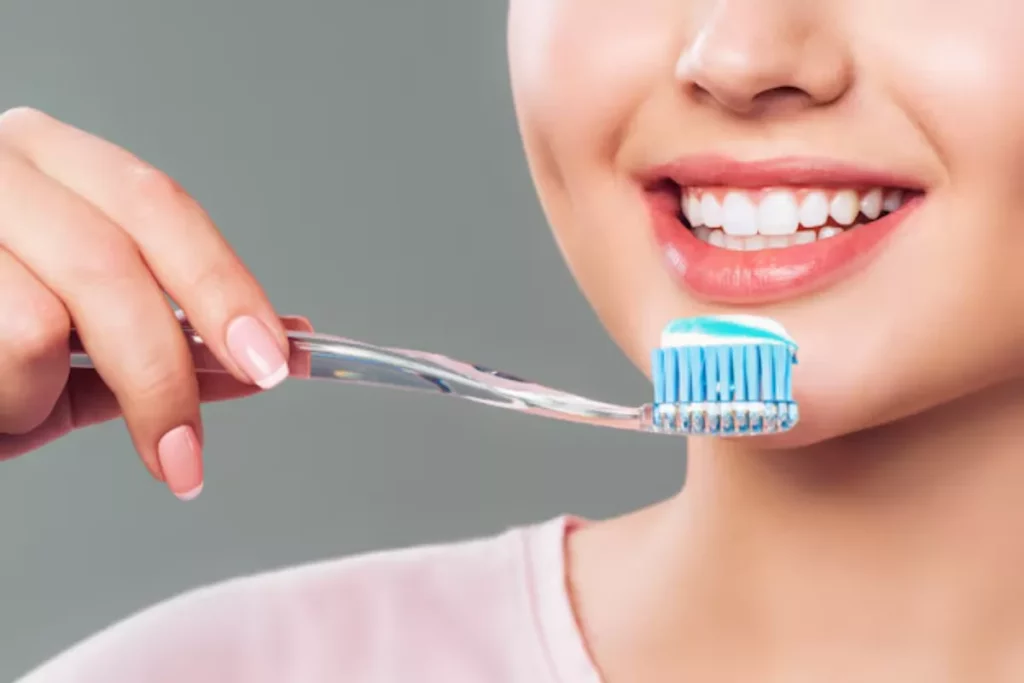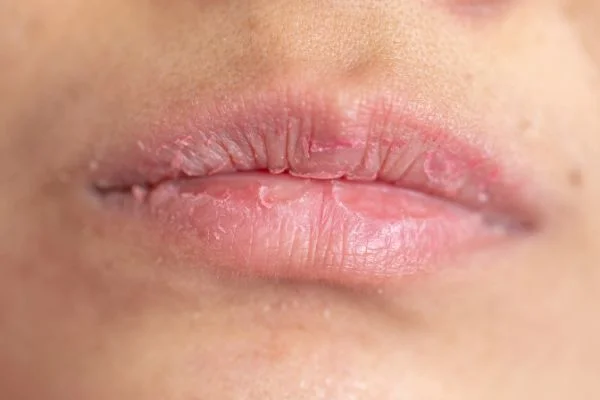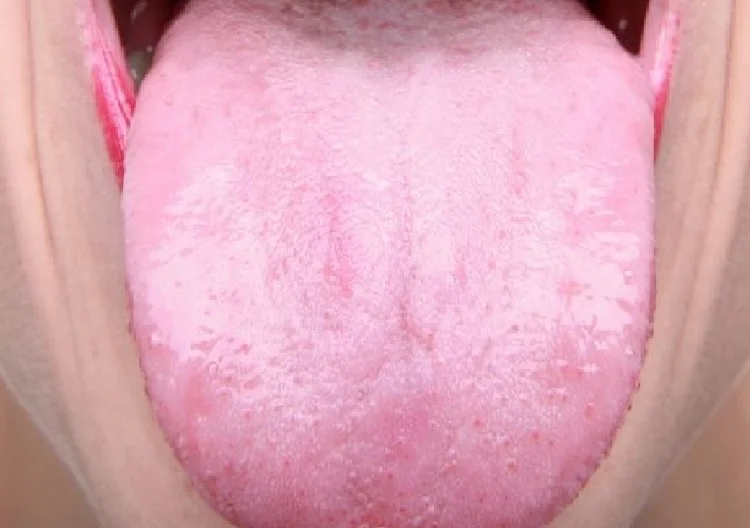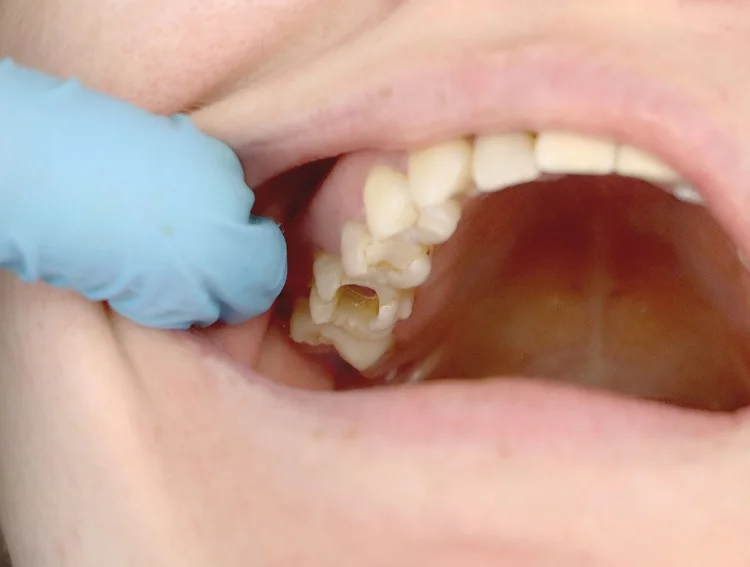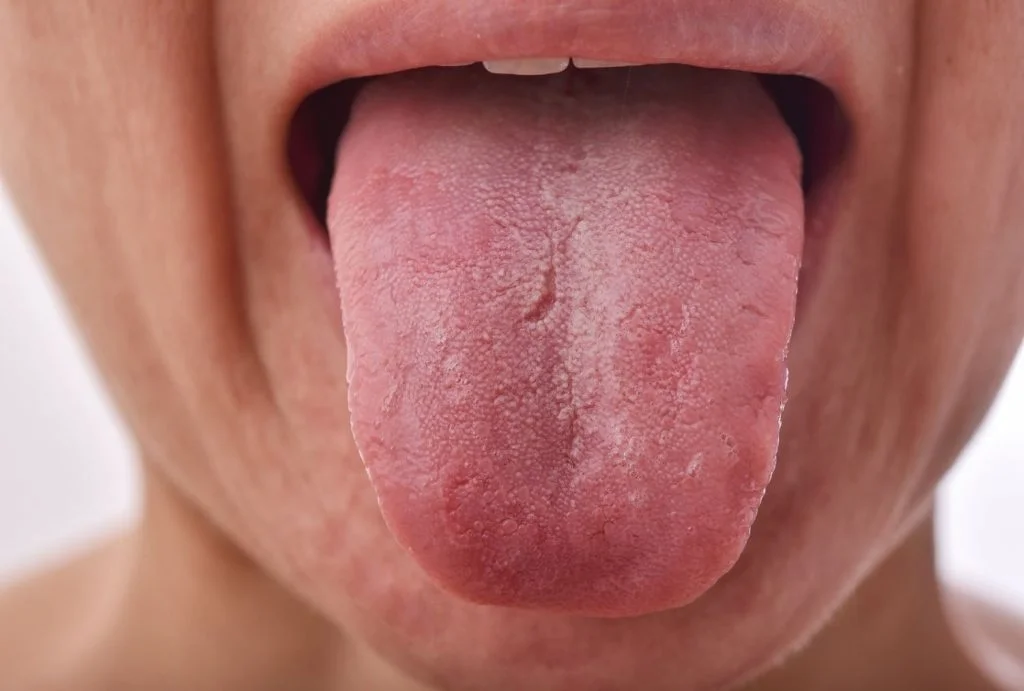Last Updated on: 19th September 2025, 12:30 pm
Botox around mouth gently relaxes key muscles, reducing overactivity without impairing function. It softens lines, lifts the upper lip, eases bruxism and jaw tension, and helps relieve TMJ discomfort. When administered properly, speech, chewing, and expression remain natural and unaffected.
When we think of Botox, the first thing that often comes to mind is wrinkle reduction or smoother skin. But Botox around mouth is more than just a beauty fix; it can also play a valuable role in improving oral health.
A treatment with Botox offers both aesthetic and therapeutic benefits. When performed by a trained professional, it’s a safe, non-surgical option with noticeable results.
In this article, we explore how botox around the mouth works, its key uses, potential side effects, and why choosing an experienced provider is essential for safety and success.
What is Botox and how does it work around the mouth?
Botox is a purified protein derived from the bacterium Clostridium botulinum. It works by temporarily blocking the nerve signals that tell certain muscles to contract. This makes the targeted muscles relax safely and without permanent changes.
When used around the mouth, Botox helps by:
- reducing excessive muscle activity
- supporting facial balance and muscle coordination
- creating subtle, natural changes without surgery
- improving comfort in specific dental conditions
The effects usually appear within a few days and last around 3 to 6 months. The procedure is quick, and recovery time is minimal, especially when applied by a trained dentist or facial specialist.
What are the aesthetic benefits of Botox around mouth?
Botox around the mouth not only smooths wrinkles. It’s a gentle, non-surgical way to refresh your smile and restore facial balance. Relaxing specific muscles helps enhance natural expressions, without looking “frozen.”
What cosmetic improvements can Botox provide?
Botox can help you achieve a more youthful and balanced look with results that feel subtle but noticeable. Some common aesthetic improvements include:
- smoothing vertical lip lines, also called “lipstick lines” or “barcode wrinkles”
- lifting the upper lip with the lip flip effect for a more defined smile
- reducing a gummy smile, helping hide excess gum tissue
- balancing mild lip asymmetry for a more even smile
- softening the nasolabial folds, the lines running from the nose to the corners of the mouth
These changes don’t alter your expressions; they simply refresh your natural look.
How soon will I see results and how long do they last?
- Results typically appear within 2 to 5 days
- The full effect is seen around 7 to 10 days
- Most results last 3 to 6 months, and some people find that the effects last longer with regular treatments
What are the therapeutic benefits of Botox in dentistry?
Botox is not just for cosmetic touch-ups; it’s also a powerful tool in dentistry. When used around the mouth and jaw, it can manage any muscle-related problems that affect your comfort, bite, and overall oral health.
What oral health problems can Botox help treat?
Dentists often use Botox around the mouth and jaw to relieve conditions caused by overactive muscles. Common therapeutic uses include:
- Bruxism (teeth grinding or clenching): Botox relaxes the masseter muscle, reducing jaw pressure and preventing tooth damage.
- TMJ disorders and jaw pain: It helps ease the muscle tension that contributes to jaw discomfort, clicking, and limited movement.
- Tension headaches: By reducing muscle strain in the face and neck, Botox can relieve headaches linked to clenching.
- Difficulty chewing, speaking, or smiling: it relaxes tight muscles, making these functions smoother and more comfortable.
These effects can significantly improve the quality of life and oral function.
How is Botox applied for bruxism or TMJ disorders?
The process is simple and quick:
- Botox is injected directly into the masseter muscle and sometimes into the temporalis or lateral pterygoid, depending upon the case.
- The treatment takes about 10 to 30 minutes and may be done with or without local anesthesia.
- Most patients return to normal activity right after the procedure.
What are the benefits of using Botox for these conditions?
After treatment, patients often report:
- less jaw tension and facial pain
- fewer headaches and less jaw clicking
- improved ability to chew or smile comfortably
- reduced tooth wear from grinding
- softer jawline appearance, especially if the masseter was enlarged
What are the risks and long-term side effects of Botox around the mouth?
Botox is generally safe when used properly, but like any medical treatment, it carries potential side effects. Most are mild and temporary, but repeated use or incorrect application can lead to longer-term issues. Let’s take a closer look.
What are the short-term side effects?
After getting Botox around the mouth, some people may experience:
- mild swelling, redness, or bruising at the injection site
- temporary difficulty pronouncing certain sounds or drinking through a straw
- a slight smile asymmetry if the injections aren’t placed evenly
These effects usually disappear within a few days and are considered normal, especially if the procedure was done by a licensed professional.
What are the possible long-term side effects?
Although rare, some long-term effects may include:
- Muscle weakening: Over time, repeated injections can weaken facial muscles slightly, which may affect chewing or speech if not managed properly.
- Loss of muscle coordination: In very rare cases, frequent use may interfere with natural mouth movements.
- Over-relaxation of facial features: Too much Botox can lead to a flat or unnatural expression if dosing is not well balanced.
It’s essential to follow a tailored treatment plan with an experienced provider.
How can risks be minimized?
To stay safe:
- Choose a licensed dentist or medical professional trained in facial anatomy.
- Start with small doses and monitor results over time.
- Keep regular checkups to adjust the treatment as needed.
- Always share your full medical history before starting.
The safest and most effective outcomes come from personalized care and expert knowledge.
What should you do after getting Botox around the mouth?
Taking proper care after Botox injections helps ensure better results and fewer side effects.
What are the immediate aftercare steps?
- Avoid touching or rubbing the area for 24 hours.
- Stay upright for 4–6 hours.
- Don’t sleep face down that night.
- Avoid exercise or heat exposure (saunas, hot showers).
What should you avoid on the first day?
- No alcohol or smoking for at least 24 hours.
- Avoid makeup on the treated area.
- Skip facials or massages for a few days.
What products help with recovery?
- soothing lip balms with aloe or calendula
- mouth sprays with xylitol to relieve dry mouth
- mild toothpaste that’s non-irritating while facial muscles adjust
When should you call your dentist or provider?
Contact them if you notice:
- a drooping lip or significant asymmetry
- difficulty speaking or chewing that doesn’t go away
- pain, infection, or any unusual reaction
When do dentists recommend Botox around the mouth?
Dentists only suggest Botox when there’s a clear reason to improve function, reduce pain, or enhance aesthetics.
What should be evaluated before Botox?
Your dentist should:
- review your full dental and medical history
- examine your facial muscle movements
- discuss your goals (cosmetic or functional)
This ensures that the treatment is appropriate and tailored to your needs.
Who should perform the treatment?
Only licensed professionals, dentists or doctors trained in facial anatomy, should administer Botox around the mouth. This guarantees safety, proper placement, and the best outcome.
Organizations like the American Dental Association (ADA) and the Spanish Society of Aesthetic Medicine support its use in clinical settings when done by trained providers.
Conclusion
Botox around the mouth can be a safe and effective solution to improve your smile and oral comfort when performed by a qualified professional.
Whether you’re looking for subtle aesthetic improvements or relief from bruxism and jaw tension, this treatment offers versatile benefits with minimal risks.
The key is working with a provider who understands facial anatomy and your personal goals. Because taking care of your smile is also a way of taking care of yourself.
Frequently Asked Questions
Who should not get Botox around the mouth?
What’s the difference between Botox and fillers?
Can Botox be combined with other dental treatments?
What’s the best age to start Botox?
How long does a Botox appointment usually take?
Voice and Search (Q&A)
Does Botox around the mouth affect how I speak or chew?
No, when done by a trained professional, Botox relaxes muscles without affecting speech, chewing, or natural expressions.
Can Botox help with jaw pain from clenching or grinding teeth?
Yes, Botox can reduce tension in the jaw muscles, helping relieve pain caused by bruxism or TMJ disorders.
How long do Botox results last around the mouth?
Results usually last 3 to 6 months. You’ll see effects in 2 to 5 days, with full results around day 7 to 10.
Share
References
1. Kharbanda, S., Srivastava, S., Pal, U., & Shah, V. (2015). Applications of botulinum toxin in dentistry: A comprehensive review. National Journal of Maxillofacial Surgery, 6(2), 152. https://journals.lww.com/njms/fulltext/2015/06020/applications_of_botulinum_toxin_in_dentistry__a.4.aspx
2. King, L. M. (2024, September 13). Botox. WebMD. https://www.webmd.com/beauty/cosmetic-procedures-botox
3. Hong, S. O. (2023). Cosmetic treatment using botulinum toxin in the oral and maxillofacial area: A narrative review of esthetic techniques. Toxins, 15(2), 82. https://www.mdpi.com/2072-6651/15/2/82
4. Nayyar, P., Kumar, P., Nayyar, P. V., & Singh, A. (2014). BOTOX: Broadening the horizon of Dentistry. Journal of clinical and diagnostic research. https://doi.org/10.7860/jcdr/2014/11624.5341
5. Rao, L., Sangur, R., & Pradeep, S. (2011). Application of Botulinum toxin Type A: An arsenal in dentistry. Indian Journal of Dental Research, 22(3), 440. https://journals.lww.com/ijdr/fulltext/2011/22030/application_of_botulinum_toxin_type_a__an_arsenal.16.aspx
-
Dr. Yeidy Carolina Mesa [Author]
DDS Yeidy Carolina Mesa Passionate Dentist | Advocate for Accessible Oral Health Education Graduating from Universidad CES in 2022, I am a dedicated general dentist with a lifelong passion for helping others and making a meaningful impact in the world. My journey into dentistry began at the age of 7, inspired by my own experience with braces and overcoming a fear of the dentist. This personal journey shaped my mission to help patients conquer their own dental anxieties and embrace a healthier,...
View all posts
-
Nayibe Cubillos M. [Medical Reviewer]
Pharmaceutical Chemestry |Pharmaceutical Process Management | Pharmaceutical Care | Pharmaceutical Services Audit | Pharmaceutical Services Process Consulting | Content Project Manager | SEO Knowledge | Content Writer | Leadership | Scrum Master
View all posts
A healthcare writer with a solid background in pharmaceutical chemistry and a thorough understanding of Colombian regulatory processes and comprehensive sector management, she has significant experience coordinating and leading multidisciplina...

